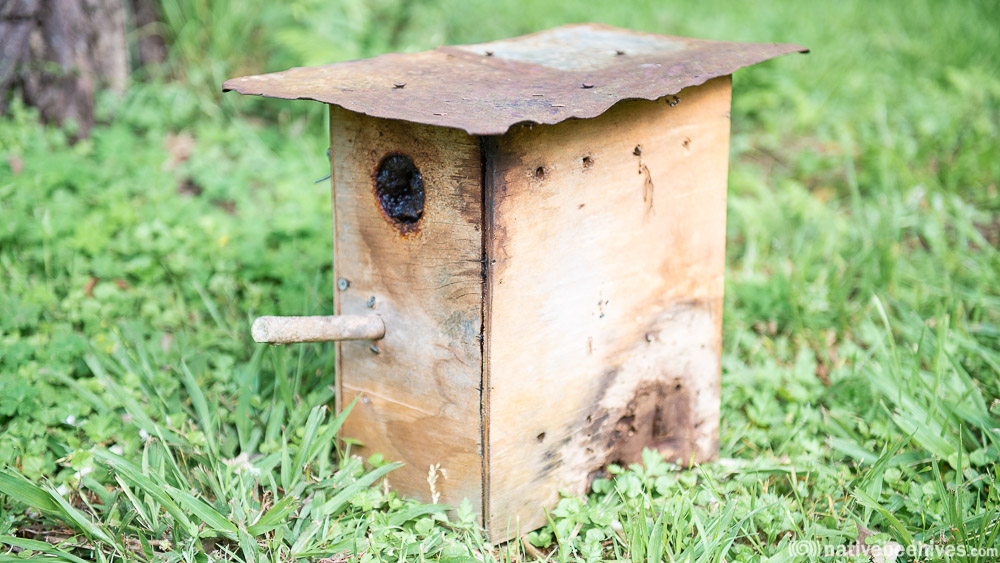
Hive Box Design Elements
Photo: Thin plywood bird house with a very strong stingless bee colony inside just south of Coffs Harbour Is there an Industry Standard? There’s currently

Photo: Thin plywood bird house with a very strong stingless bee colony inside just south of Coffs Harbour Is there an Industry Standard? There’s currently
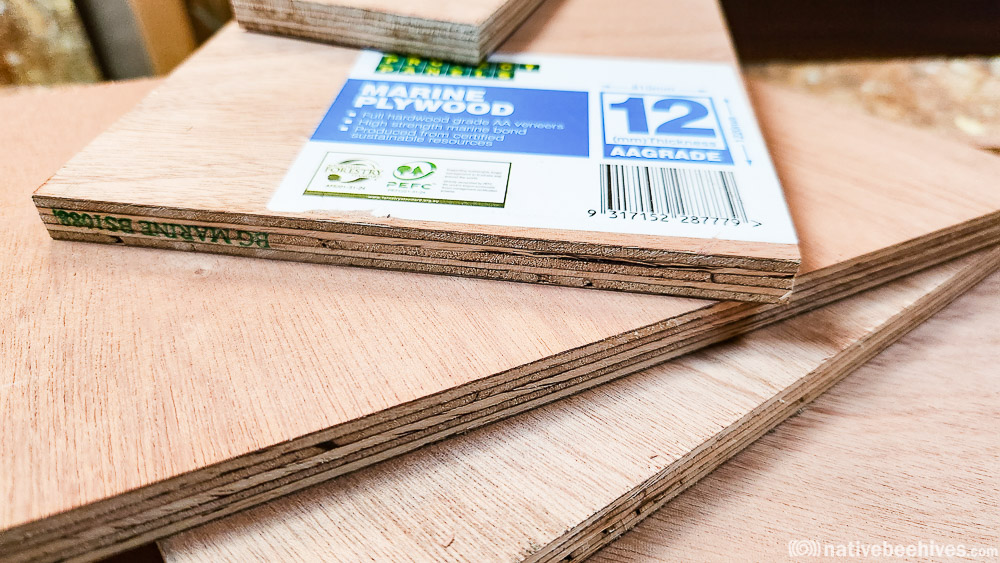
A slightly controversial material is Plywood, and here I’m adding to the controversy by using 12mm thick Ply (*for testing purposes only – I’m not
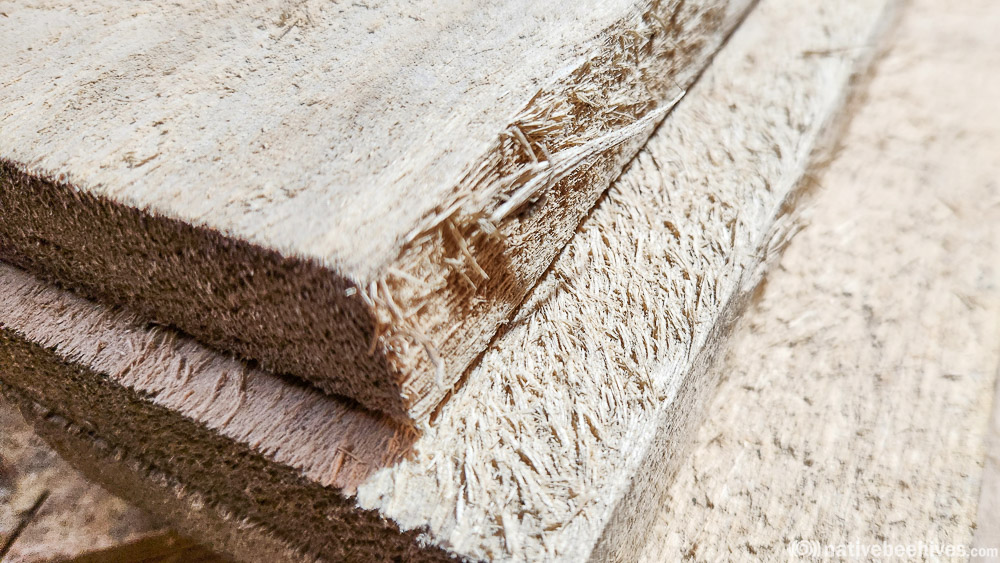
A few native bee keepers are using this at the moment, I’ve heard some good things and some bad things. This article is just for
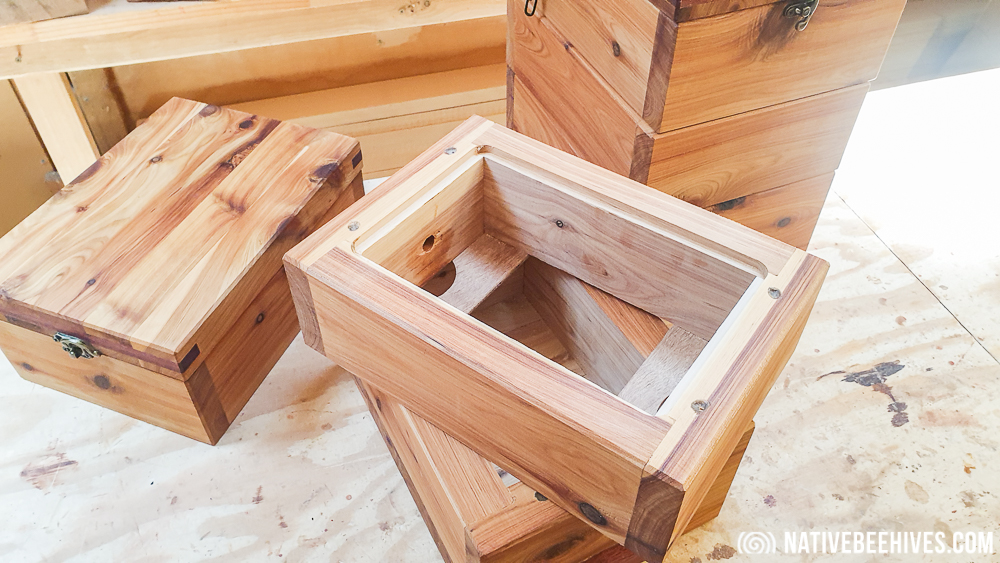
Cypress is a very popular wood for making native bee boxes because it’s cheap and the boxes look good when freshly made. There are a
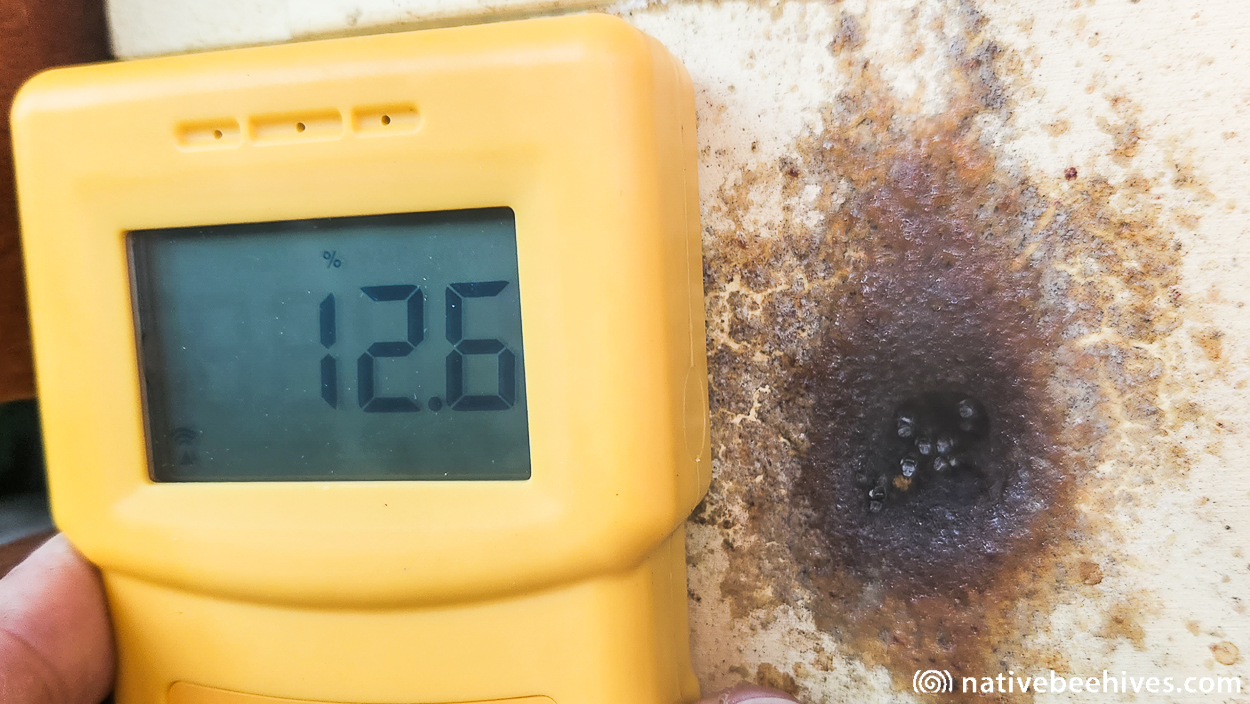
The rumour: “If you paint your wooden hive box it will be like covering the box in a plastic bag and cause condensation” What is

Alex of Spicers Hollow Native Bees dropped in some Accoya offcuts. I plan to make a box with it and do some of the usual
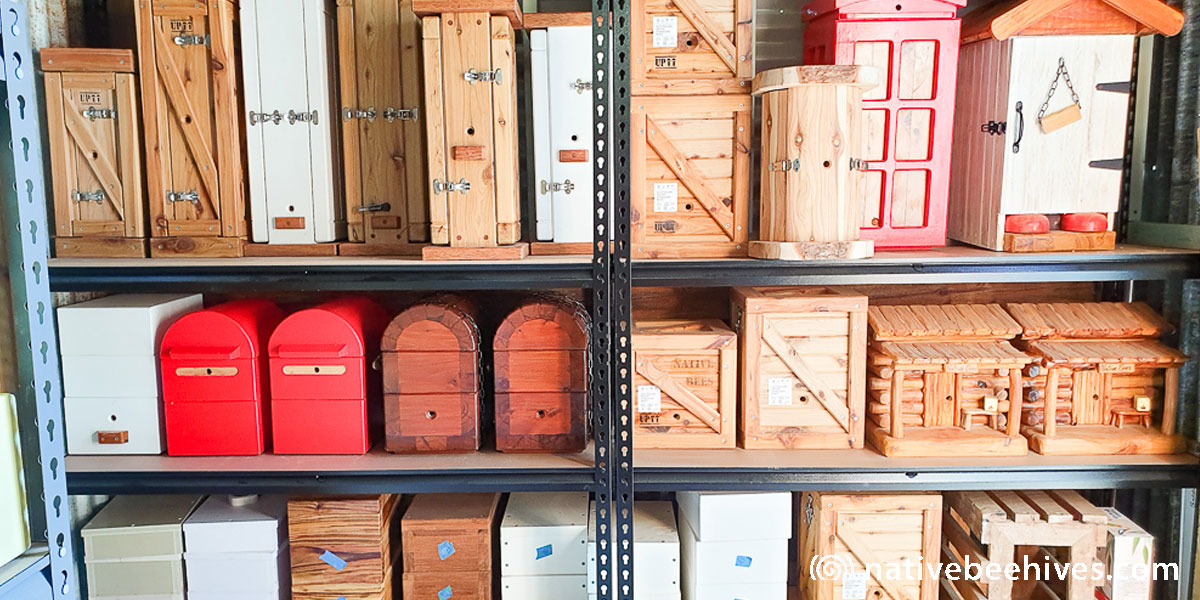
All original concepts and designs by Steve – unique to nativebeehives.com Designs – All designs on this site are my original designs unless stated otherwise. I’m
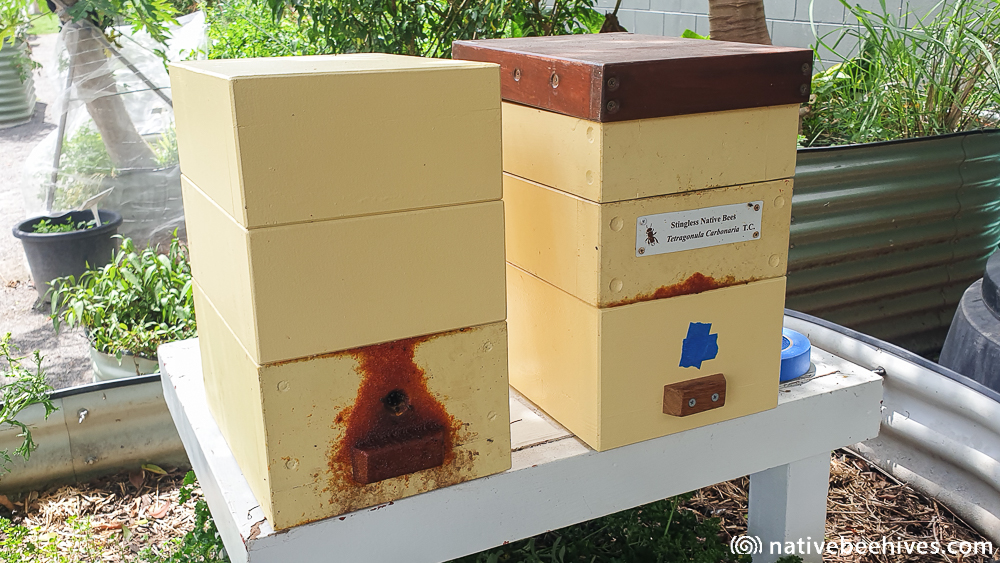
There’s so many different designs of native bee boxes out there? When starting out you might notice a lot of different boxes, even natural logs
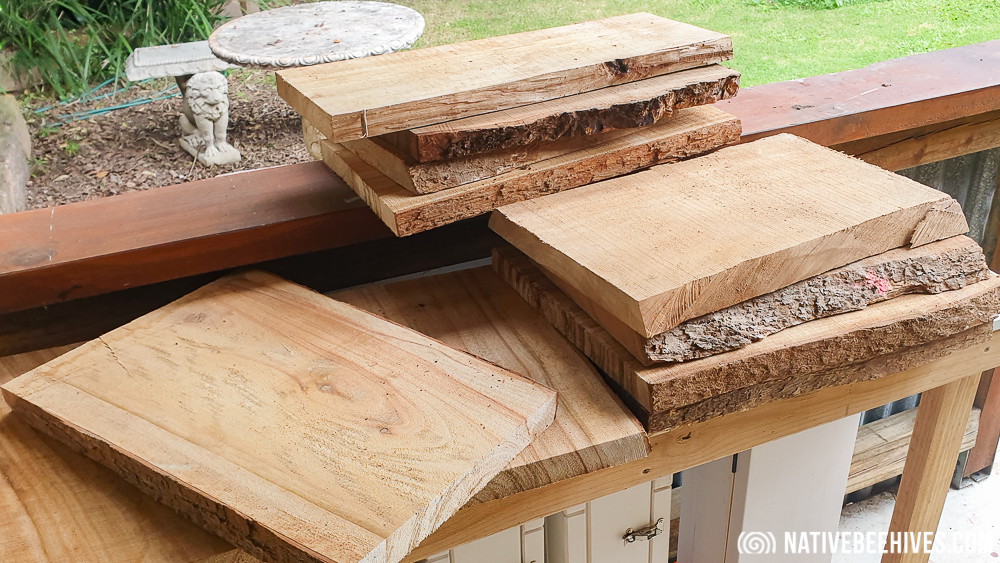
Can I make a native bee box from Camphor laurel? That questions comes up every now and then. Some say you can’t and some say
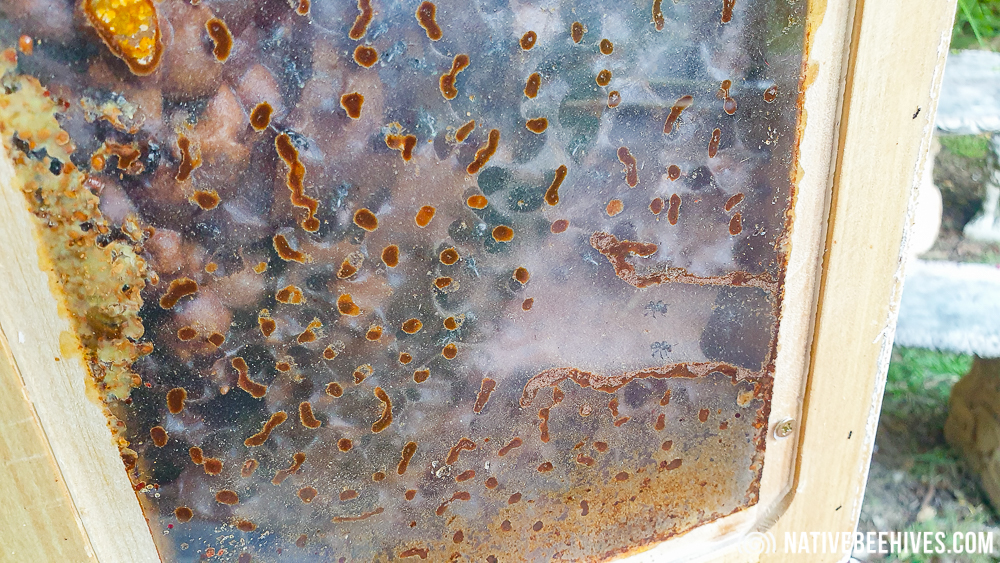
If you keep looking you wont be able to see! Observation windows have become quite popular in the native bee community, though not necessary and
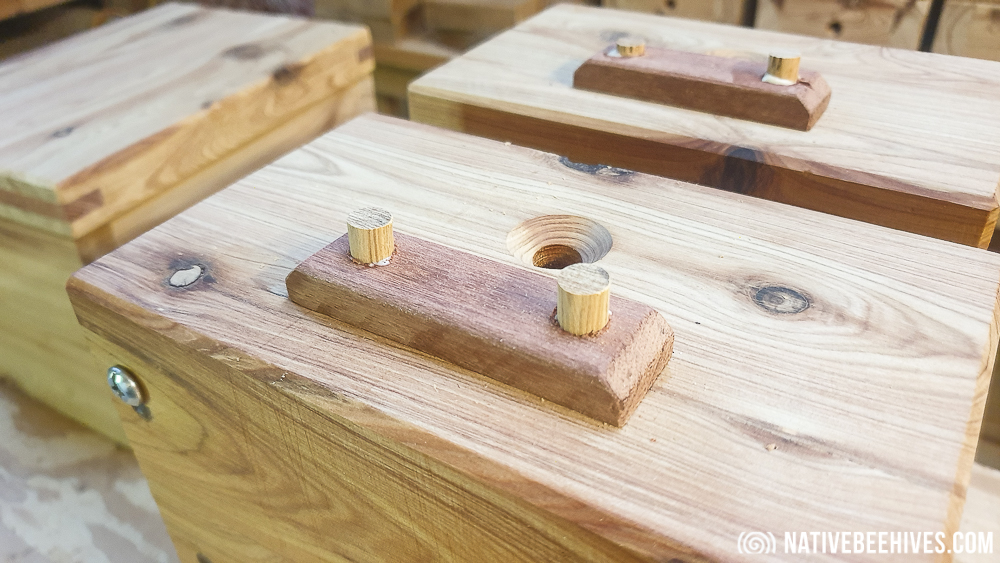
Wooden Pegs / Dowels for Native Bee Frame Construction Wooden pegs or dowels can be used to pin frames together for that fancy box you’re
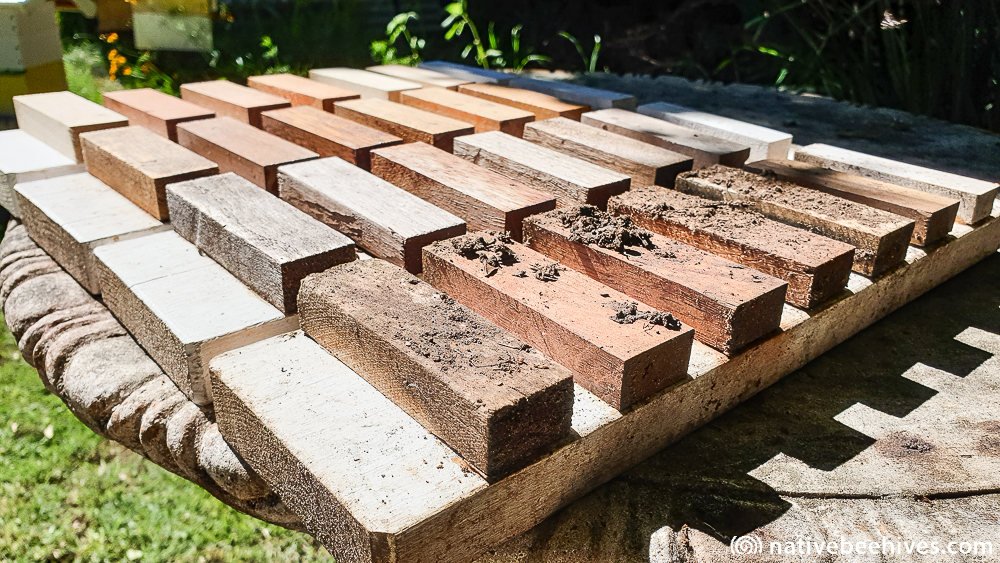
Wood Sample Test – Exposure to the elements I thought i’d throw a few samples of different wood together for some weather exposure tests. Alex

Stingless Bees can create their honey pots everywhere within the hive but it’s commonly thought they will store their honey further away from the entrance,

Should you start building your own boxes or just buy them? Many new hive owners contemplate that question and probably never work out what to

A lot of box designs use the same outside measurements of 200mm x 280mm and then use different thicknesses of wood, so it changes the
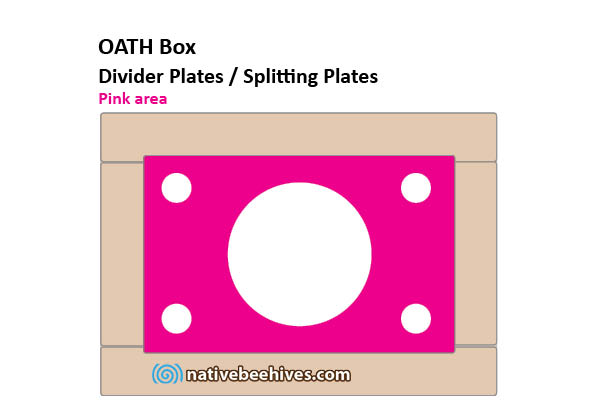
There’s a lot of theories and personal opinion around Stingless Bee Box designs, here I give some thoughts on Splitting Bars and a Plates. Some
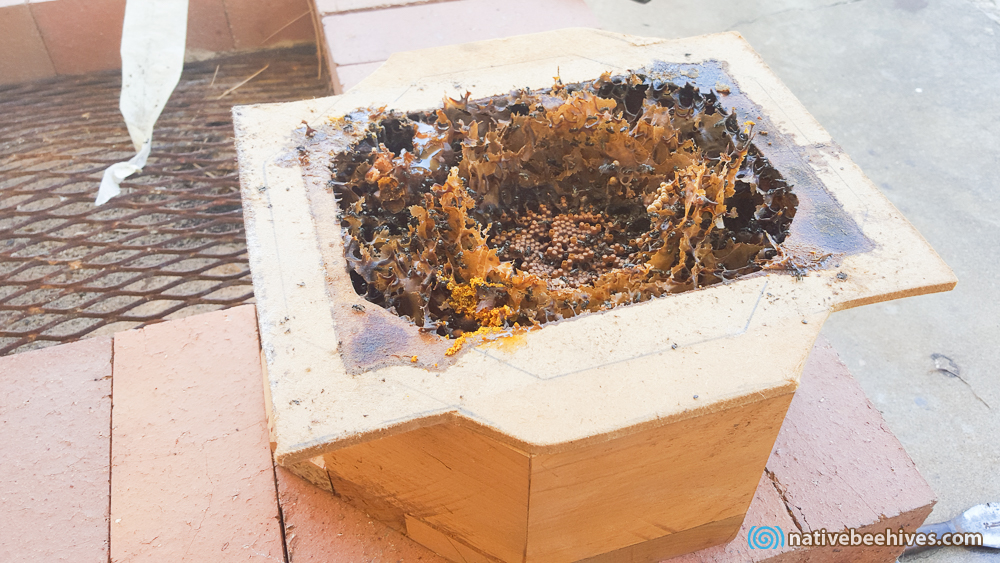
Most of my hive boxes are the standard OATH design which makes it quite a simple task for matching up boxes for splitting but occasionally
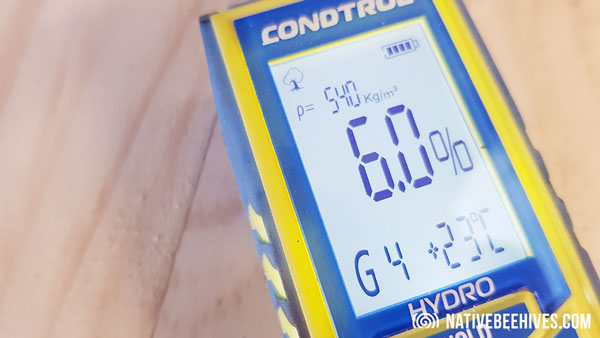
This article is about moisture content and wood only, not humidity conditions for bee colonies. Woodworkers will want their timber to be well dried before
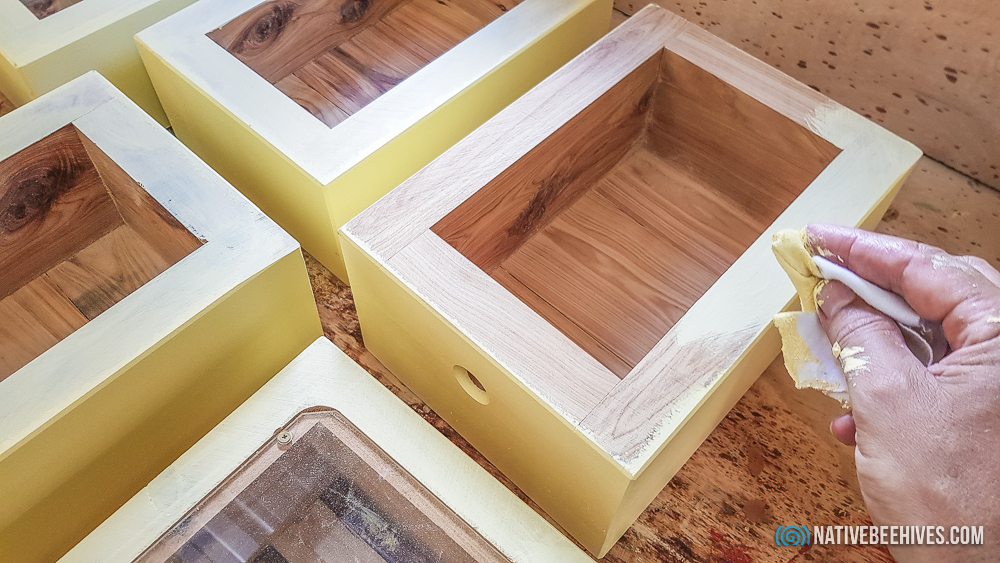
Gaps between frames can be a real problem with bee hives as they allow pests easier access. Once your frames are together the bees will

nativebeehives.com is a project website with a focus on individual design and construction of Native Bee Hives, lots of photos, information about Australian native bees and also a news story thrown in around the place!